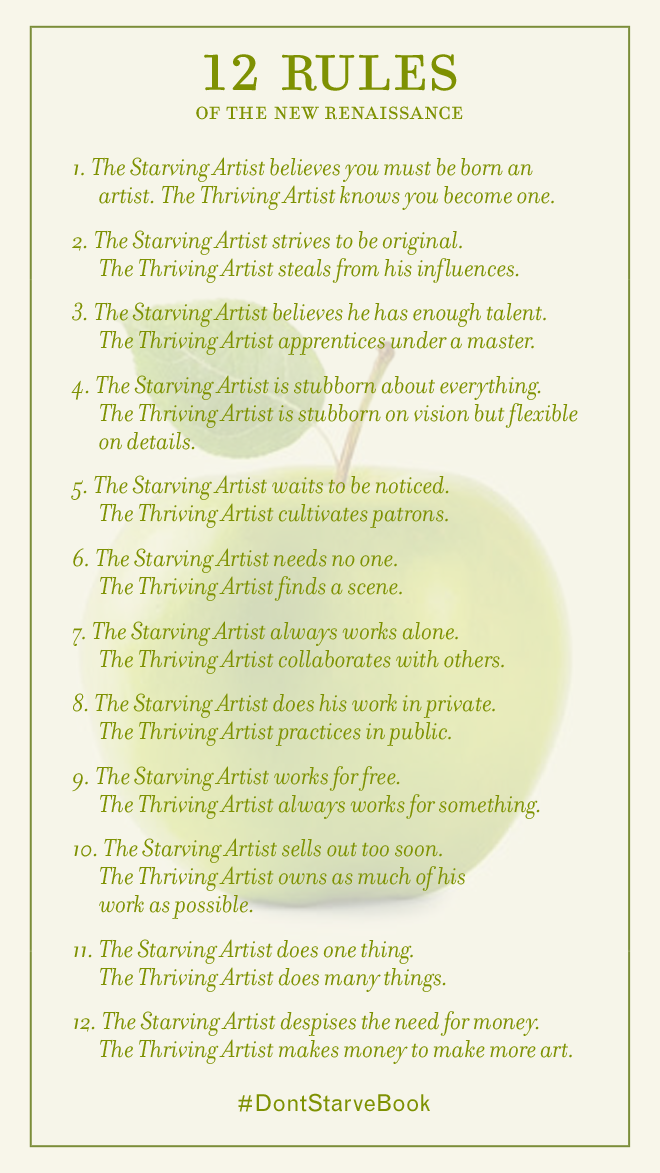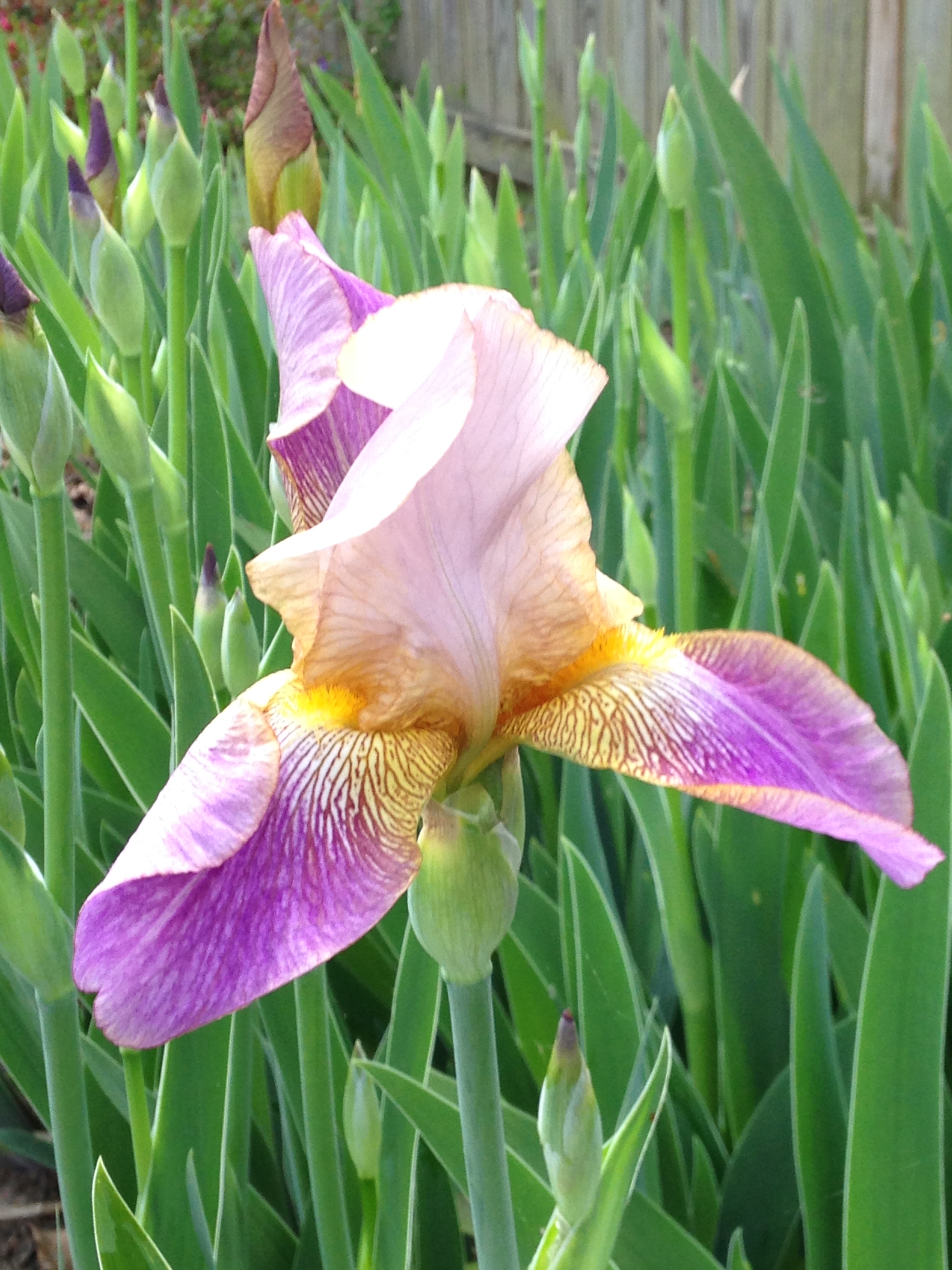Writing has always been a joy for me…whether it is journaling or writing with the help of a computer. When we lived all those years in N. Africa, I would write about our experiences and send long emails home to family and friends. Those who actually read them repeatedly told me, “You need to write a book.” Never did.
Until now…maybe.
I’m still not sure how to make it happen but it’s not because of lack of helps in that direction. A couple of months ago, I pre-ordered Jeff Goins‘ latest book – Real Artists Don’t Starve: Timeless Strategies for Thriving in the New Creative Age. Jeff has been a huge influence in my life over the last few years, although we’ve never met. His own writing career and his passion for helping other writers and artists have stirred up my hopes of becoming a writer.
Even before I dug into the book once it arrived, Jeff invited his readers and supporters to join two Facebook groups, and we were able to learn more of how to market a book and woo a market.
Facebook Group – Real Artists Don’t Starve Launch Team and Facebook Group – Real Artists Don’t Starve Community
[You can follow Jeff Goins on Facebook and Twitter and subscribe to his blog/podcast here.]
Reading this latest book of Jeff’s has really primed the pump for me to put aside the many excuses I’d made for myself of not writing a book. He offers 12 principles to help an artist go from faltering to thriving. [I go into those below.]
His book has also given me a different sort of confidence and hopefulness as I’ve had the opportunity to see some of Goins’ wisdom in practice. Nathan Mills, of Beyond the Guitar, in launching his music career has “read” his culture, and in a prophetic way, has implemented some of Goins’ counsel without having read his book. Wait until he reads the book…then look out, World.
 Photo Credit: Jeff Goins
Photo Credit: Jeff Goins
1. The Thriving Artist knows you’re not born an artist; you become one. – Goins uses stories of artists of old as well as current ones to show how we aren’t just born that way. We create or re-create ourselves as artists over our lives. That’s my earnest journey right now, and it’s never too late.
2. The Thriving Artist steals from his influences. – OK, this was refreshing. Sometimes, we are stifled by our own sense that we can’t do anything original. Jeff encourages artists to push through that. His counsel is a great follow-up of Austin Kleon‘s book Steal Like an Artist. We learn from others all the time. Have a self-talk and get on with it. [By the way, in every chapter of Goins’ book, he tells fascinating stories of other artists who have done what he’s calling us to do.]
3. The Thriving Artist apprentices under a master. – I don’t have a “master” yet but I’m learning from other writers (like Jeff Goins). Ann Lovell and Kevin Prewett are influences IRL (in real life). There are scores of other writers who have taught me lots just by their own process and writing. How about you? Have you had benefit of a master? I would love to hear about that.
4. The Thriving Artist is stubborn on vision but flexible on details. – Aren’t we all bogged down by details at times? Occasionally to the point that we are tempted to give up. The task is just too big to finish. It has to be perfect. Internet research on what is “perfect” can turn our creativity to concrete. What is your vision? Stay focused on that. Let the details die rather than kill your effort.
5. The Thriving Artist cultivates patrons. – This is huge. If we allow ourselves to be open to those around us, we may be pleasantly surprised by those who want to help get our art to the public. Nathan benefits from patrons on Patreon – a crowd-sourcing platform. We may also find patrons through unexpected sources – via social media and other outlets where like-minded people gather.
6. The Thriving Artist finds a scene. – Along with finding patrons, finding or creating a scene is crucial to getting your writing/art noticed and appreciated. I’m a part of an online (and sometimes gathered) group called Virginia Bloggers. Coming together with other artists is an extremely productive experience. I think of The Inklings which included C. S. Lewis and J. R. R. Tolkien.
7. The Thriving Artist collaborates with others. – Collaboration seems very much a cultural preference these days. When I write my Worship Wednesdays, it’s rare to find a worship song composed by just one person – it’s usually a group of 3-5 songwriters. Another example of a master collaborator is singer Peter Hollens. People who appreciate and complement each other’s art can make even greater art together.
8. The Thriving Artist practices in public. – “Practicing in public”. Who does that?! Live streamers! They make it possible to see musicians singing and playing live without having to fork out $25+ for a ticket. There is an app that helps artists “practice in public”. Krue.TV is an app (also available on computer) that gives artists a platform to sing and play for us to hear them live. We can even join an artist’s community and chat with them during a live stream. This is not for me, for now, but I’m thrilled to watch some of these artists, especially Beyond the Guitar. Of course. One day, maybe I will open my book and read it aloud publicly…well, when it’s written.
9. The Thriving Arts always works for something. Jeff encourages artists not to give away their work. We think giving away our art gets a wider audience but it also can devalue the art. Wisdom is important in deciding what are the exceptions (when to give our art away).
10. The Thriving Artist owns as much of his work as possible. In Jeff’s chapter on this, he talks about the recording industry among others. We must be careful not to give over ownership of our art to a company or publisher. There are considerations, and he goes into them through stories in the chapter on this. For now, I just want to throw this idea out there. It is a new concept but reflects a culture where independence, free-lancing, and crowd-sourcing are prevalent and sometimes preferred.
11. The Thriving Artist does many things. – Several years ago, I received excellent counsel from a professor. “Be good at more than one thing.” That’s not to say the proverbial “jack of all trades, master of none”, but…a diversified skill set grows our abilities to create art in a very diversified world. Developing such a skill set helps us to thrive and not starve as artists.
12. The Thriving Artist makes money to make more art. – Lastly, Jeff talks about our motivations. If our goal is making money, we will sacrifice our art. If our goal is making art, the money will help us get there. As artists, keeping that focus will help both our decision-making and our drive.
That’s the briefest overview of Jeff’s 12 principles of being a thriving artist. Read the book. You will love the stories. This book has stirred the creative juices in both my head and heart. Hopefully, this has been an encouragement for you.
[Please comment any thoughts below. Let’s learn from each other.]
Real Artists Don’t Starve: Timeless Strategies for Thriving in the New Creative Age
Monday Morning Moment – Taking the Social Capital Challenge – Five Steps Forward – Deb Mills Writer
Jon Acuff & Do Over Series- Deb Mills Writer
28 Lessons From Great Writers, Artists, and Creators on Mastering Your Craft – Ryan Holiday

















